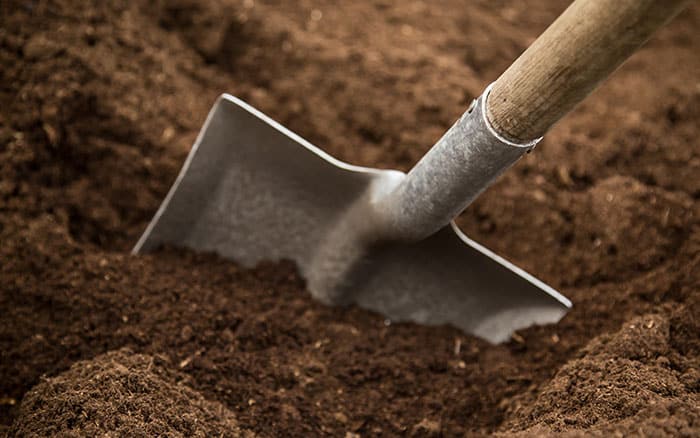Although October is the month when things start to slow down in the veg patch or on the allotment, there are still plenty of things to do and grow. One of the most important things to consider is your soil.
Improve your soil
If your soil is heavy clay, now is a great time of year to dig it over – just roughly, leaving large clods of earth exposed to the elements. The good news is you don’t need to do anything else. Winter frosts will break those clods of earth down into a fine tilth; one of nature’s miracles.
Another way to improve your soil is to sow what are known as ‘green manures’. These are crops which will grow and keep the soil covered over winter, stopping rain washing away that valuable nutrient rich top covering of soil.

As well, they keep weeds at bay and, in some cases will help to increase the nutrient content. Many garden centres and online seed companies sell packets of green manure for winter cover.
Planting veg in October

- There’s still time to plant autumn Japanese onion sets which should provide you with an early crop from early summer next year.
- Now is the perfect opportunity to plant out spring cabbages. However, remember to net with close weave netting to give protection from pigeons.
- If you live in a mild area you can also sow overwintering broad beans directly into the ground. In colder areas cover the beans with fleece.
- Start planting garlic cloves but always buy from reputable seed companies as supermarket bulbs may contain viruses. Garlic like to grow in rich, sandy loam soil. But whatever your soil type, it’s ideal to dig in well-rotted compost a few weeks before planting.
- Rake the soil into a fine surface, place cloves 5cm deep, 15cm between each other and 30cm between rows with the tip pointing upward and about 2.5cm soil on top of them.
Other jobs for October
- Cut back asparagus foliage almost to ground level and put on the compost heap. Add a layer of protective mulch afterwards.
- Remove and compost all plant debris as this will help reduce the spread of pests and diseases.
- When clearing old bean plants, dig the roots into the soil as they have nitrogen nodules which can act as a natural soil fertiliser.

- Any remaining outdoor tomato plants with unripe fruit on can be dug up now and stored upside-down in greenhouse to ripen.

Leave A Comment